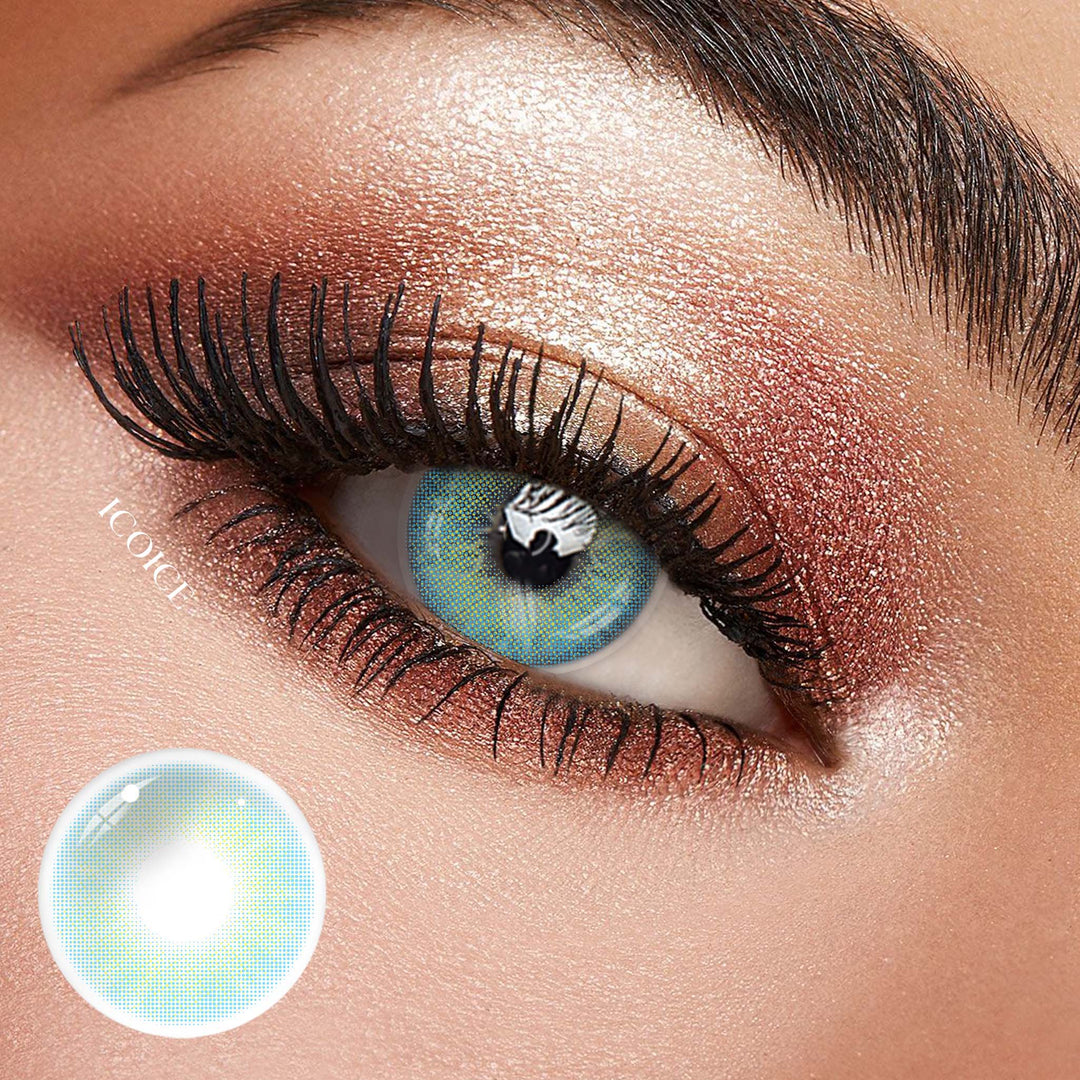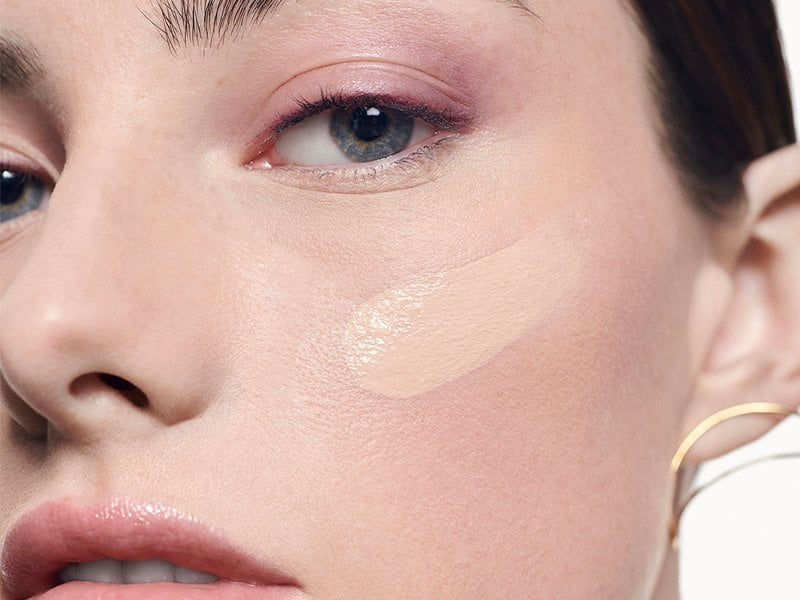In recent years, lab grown diamonds have gained immense popularity due to their ethical sourcing, affordability, and stunning quality. The growing demand for sustainable alternatives has led to an increase in interest for lab grown diamond inititals, which are becoming an essential aspect of modern jewelry. This article explores the science behind lab grown diamonds, how they are made, their advantages, and the future of lab grown diamond initials in personalized jewelry.
Table of Contents
- What Are Lab Grown Diamonds?
- The Process of Creating Lab Grown Diamonds
- The Rise of Personalized Jewelry: Lab Grown Diamond Initials
- The Advantages of Lab Diamonds Over Natural Diamonds
- How to Choose the Perfect Lab Diamond for Your Jewelry
- The Future of Lab Grown Diamonds and Initials in Jewelry
- Conclusion
What Are Lab Grown Diamonds?
Lab grown diamonds, also known as man-made diamonds, are diamonds created in a laboratory setting rather than being mined from the earth. The process replicates the natural conditions that form diamonds beneath the earth’s surface, using high-pressure, high-temperature (HPHT) methods or chemical vapor deposition (CVD).
These diamonds share the same physical, chemical, and optical properties as natural diamonds. They are composed of pure carbon atoms arranged in a crystal lattice structure, just like mined diamonds. The primary difference is their origin: lab grown diamonds are crafted in a controlled environment, while natural diamonds are formed over millions of years deep within the Earth.
The Process of Creating Lab Grown Diamonds
Lab grown diamonds are produced using two primary techniques:
1. High Pressure, High Temperature (HPHT) Method
This method involves recreating the intense heat and pressure conditions that occur deep within the Earth. A small diamond seed is placed in a chamber with carbon, and the pressure and temperature are increased until the carbon atoms crystallize into a diamond.
2. Chemical Vapor Deposition (CVD) Method
In the CVD process, a small diamond seed is placed in a vacuum chamber, and carbon-rich gases are introduced. These gases break down, and the carbon atoms bond to the seed, forming a diamond. This method allows for better control over the diamond’s growth, which is why it’s popular for producing high-quality diamonds used for lab grown diamond initials.
The Rise of Personalized Jewelry: Lab Grown Diamond Initials
One of the most exciting trends in the jewelry world is the rise of personalized pieces, such as lab grown diamond initials. These unique pieces allow individuals to wear something that is deeply meaningful and representative of their personality.
Personalized jewelry featuring lab grown diamond initials is not just for special occasions like birthdays and anniversaries but has become a popular way to express one’s identity. Whether you want to create a custom necklace, bracelet, or ring, using lab grown diamond initials can add a touch of elegance and individuality.
Benefits of Lab Grown Diamond Initials
-
Ethical Sourcing: Lab grown diamonds are a more ethical choice compared to mined diamonds. They do not contribute to environmental degradation or human rights abuses associated with mining practices.
-
Affordability: Lab grown diamond initials are often more affordable than natural diamonds, making them an attractive option for those who want to wear high-quality diamonds without breaking the bank.
-
Customization: With lab grown diamonds, you can create a truly unique piece by choosing the size, shape, and setting for your lab grown diamond initials. This level of customization makes them ideal for creating personalized gifts or self-expression.
-
Sustainability: Lab grown diamonds are created with minimal environmental impact, unlike their mined counterparts. This makes them a popular choice among environmentally-conscious consumers.
The Advantages of Lab Diamonds Over Natural Diamonds
While lab grown diamonds and natural diamonds are chemically identical, there are several advantages to choosing lab diamonds over natural stones.
1. Cost-Effectiveness
One of the primary reasons consumers opt for lab diamonds is their lower cost. Lab diamonds are typically 20-40% less expensive than natural diamonds of the same size and quality. This means you can get a larger or higher-quality stone for the same price.
2. Ethical and Sustainable
As mentioned, lab diamonds are more ethical than mined diamonds. Diamond mining can cause significant environmental harm, including deforestation, soil erosion, and water contamination. Lab diamonds, on the other hand, have a minimal environmental impact, making them a preferred choice for many consumers who value sustainability.
3. Better Quality Control
Lab diamonds can be produced with precise control over their quality. Unlike natural diamonds, which may contain imperfections or inclusions, lab diamonds are often of higher clarity. Consumers have the option to select diamonds that meet their exact specifications, ensuring they receive the best possible stone.
How to Choose the Perfect Lab Diamond for Your Jewelry
When selecting a lab diamond for a piece of jewelry, such as a ring or pendant, there are several factors to consider:
1. Cut
The cut of a diamond influences its brilliance and sparkle. Lab diamonds are cut with precision to maximize their visual appeal. The cut should be chosen based on your personal preference for the diamond’s shape and appearance.
2. Color
Lab diamonds come in a range of colors, from colorless to shades of yellow or brown. The color grading of lab diamonds is done on a scale from D (colorless) to Z (light yellow or brown). For the most brilliant appearance, a colorless or near-colorless diamond is often preferred.
3. Clarity
Clarity refers to the presence of internal or external imperfections (known as inclusions or blemishes). Lab diamonds can be crafted with minimal to no inclusions, offering better clarity than many natural diamonds.
4. Carat Weight
Carat weight refers to the size of the diamond. A larger lab diamond typically costs more, but it may offer better value compared to a similarly sized natural diamond.
The Future of Lab Grown Diamonds and Initials in Jewelry
As the demand for sustainable, ethical, and affordable diamonds continues to rise, the future of lab grown diamonds and lab grown diamond initials looks incredibly promising. With advancements in technology, the quality of lab diamonds will only improve, and more consumers will embrace them as a viable alternative to mined diamonds.
Personalized pieces, such as jewelry featuring lab grown diamond initials, will continue to trend as people seek meaningful ways to express themselves. As the jewelry industry embraces these new practices, we are likely to see more innovative designs incorporating lab grown diamond initials, from necklaces to custom rings, that offer both beauty and significance.
Conclusion
In conclusion, lab grown diamonds and lab grown diamond initials are transforming the world of jewelry. Offering ethical, sustainable, and cost-effective alternatives to natural diamonds, they provide consumers with the opportunity to own stunning, personalized pieces without compromising on quality or values. Whether you’re looking for an elegant piece to celebrate a special occasion or a customized item to showcase your personality, lab grown diamonds are the future of fine jewelry.
By choosing lab grown diamond initials, you’re not just making a fashion statement; you’re supporting sustainability, ethical practices, and a future where beautiful, affordable diamonds are accessible to all.














